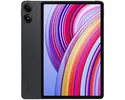Verdict on the Acer Iconia X12
It should technically be a good thing if an established laptop manufacturer such as Acer were to provide more competition in the Android tablet market. Unfortunately, however, Acer hasn't succeeded with its Iconia X12.
The main problem is its price: In the region of around $500, Acer is competing against the Apple iPad 11, which simply plays in a completely different performance league. And the rest of the competition in this price range also offers more performance, faster internet, and in some cases, brighter screens.
The manufacturer has even failed in one of its core disciplines: While Acer boasts good service for its laptops, there is no update promise at all for its Android tablets.
That being said, there are still a few rays of hope: Indeed, an AMOLED display is a rarity in this price class. Even so, the Iconia X12 can only deliver limited brightness and inaccurate color reproduction.
Little things, such as poor detection of accidental touches on its touchscreen in combination with narrow display edges, additionally make life difficult for the tablet.
If prices fall significantly, the Acer Iconia X12 could be worthwhile, as it boasts good battery life. Buyers are also treated to a decent accessories package.
Pros
Cons
Price and availability
The Acer Iconia X12 is currently available to buy from Amazon for $559.83.
Table of Contents
- Verdict on the Acer Iconia X12
- Specifications
- Case and connectivity – "Flexible" metal case
- Communication and operation – The Acer tablet without a fingeprint sensor
- Software and sustainability – Unclear updates
- Cameras – Okay for snapshots
- Display – One of the cheapest OLED tablets
- Performance, emissions and battery life – Little power for the price class
- Notebookcheck total rating
- Possible alternatives compared
Specifications
Case and connectivity – "Flexible" metal case
Acer has packed its tablet into a dark gray metal case, which contains a plastic strip on the upper edge to improve the quality of antenna reception. With a thickness of just 6.7 millimeters, its case is actually pretty slim but otherwise, its dimensions are normal considering its screen size of 12.6 inches. Moreover, its weight of 600 grams is also acceptable.
The corners of its case can be bent quite noticeably and with relatively little effort; a little more stability would have improved its quality impression. It features no protection against water or dust.
Internally, its USB port is only connected according to the USB 2.0 standard. However, users can make use of a 3.5 mm port for analog signal transmission to headphones or speakers.
The tablet is available with either 128 or 256 GB of mass storage, plus 8 GB of RAM. You can expand its storage via a microSD card. The microSD card reader's speed is fine.
There are a surprising number of accessories included with the tablet: a charger, a USB cable and even a protective cover. In some countries, a stylus is included too.
| SD Card Reader - average JPG Copy Test (av. of 3 runs) | |
| Xiaomi Redmi Pad Pro (Angelbird V60) | |
| Lenovo Idea Tab Pro (Angelbird V60) | |
| Acer Iconia X12 (Angelbird V60) | |
| Average of class Tablet (10.2 - 57.4, n=53, last 2 years) | |
Cross Platform Disk Test (CPDT)
Communication and operation – The Acer tablet without a fingeprint sensor
Unfortunately, the fastest Wi-Fi standard the tablet supports is Wi-Fi 5 and there is only one antenna each in the direction of transmission and reception. As a result, its transfer rates were significantly lower than the comparison devices during our test, measuring in at between 264 and 379 MBit/s.
Its touchscreen only has a frame rate of 60 Hz, which means that inputs are sometimes a little slower than on tablets with faster screens. Its narrow bezels give the tablet a modern look, but they make it easy to make accidental inputs, as happened to us several times during our test: It didn't accurately recognize when we placed the palm of our hand onto the screen by mistake, leading to the touchscreen no longer responding elsewhere.
It doesn't feature a fingerprint sensor, and facial unlocking is also not possible.
| Networking | |
| Acer Iconia X12 | |
| iperf3 transmit AXE11000 | |
| iperf3 receive AXE11000 | |
| Apple iPad 11 (2025) | |
| iperf3 transmit AXE11000 | |
| iperf3 receive AXE11000 | |
| Xiaomi Pad 7 | |
| iperf3 transmit AXE11000 | |
| iperf3 receive AXE11000 | |
| iperf3 transmit AXE11000 6GHz | |
| iperf3 receive AXE11000 6GHz | |
| Lenovo Idea Tab Pro | |
| iperf3 transmit AXE11000 | |
| iperf3 receive AXE11000 | |
| iperf3 transmit AXE11000 6GHz | |
| iperf3 receive AXE11000 6GHz | |
| Xiaomi Redmi Pad Pro | |
| iperf3 transmit AXE11000 | |
| iperf3 receive AXE11000 | |
| Average 802.11 a/b/g/n/ac | |
| iperf3 transmit AXE11000 | |
| iperf3 receive AXE11000 | |
| Average of class Tablet | |
| iperf3 transmit AXE11000 | |
| iperf3 receive AXE11000 | |
| iperf3 transmit AXE11000 6GHz | |
| iperf3 receive AXE11000 6GHz | |
Software and sustainability – Unclear updates
The Iconia X12-11 runs Android 14 and it's unclear when and if it will see an update to Android 15. Acer has also said nothing about the update duration that can be expected, only that there should be new versions approximately every six months. Other manufacturers are clearer and faster when it comes to updates.
The installed Android is largely unchanged, so you'll quickly find your way around. Apart from a few games, no third-party apps are pre-installed.
In terms of sustainability, we can hardly give Acer any points either, even though it advertises CO2-neutral production through compensation via a third-party provider. Apart from this, there are plastic films in its packaging, and the manufacturer has provided no information on the CO2 footprint of the product or which materials have been used.
Cameras – Okay for snapshots
The Acer Iconia X12 has a 13-megapixel camera on the back and takes decent pictures in good lighting conditions. Still, you shouldn't enlarge them too much: Details then often appear blurred and inaccurate.
When taking pictures of our surroundings, the camera coped quite well with the difficult lighting situation with backlighting, although the outlines of the buildings and many details looked blurred here too. In low light, the autofocus struggled and the brightness was only moderate.
Videos can be recorded in a maximum of 1440p, but you can't select more than 30fps. The resulting videos are generally usable, but the autofocus reacts sluggishly from time to time and isn't very precise.
There is an 8-megapixel camera on the front of the tablet, which takes decent selfies, but the photos lack dynamics.
Image comparison
Choose a scene and navigate within the first image. One click changes the position on touchscreens. One click on the zoomed-in image opens the original in a new window. The first image shows the scaled photograph of the test device.
Main camera plantMain camera surroundingsMain camera low light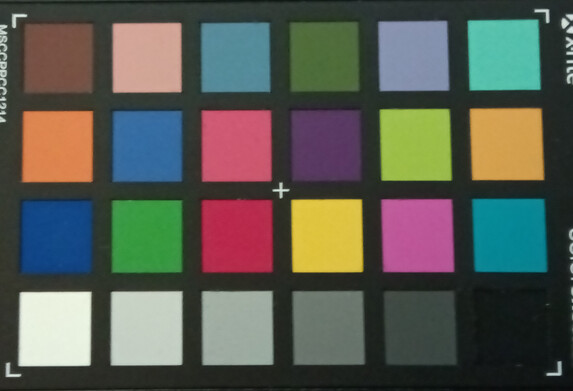

Display – One of the cheapest OLED tablets
The highlight of the Acer Iconia X12-11 is said to be its screen, as it's equipped with an OLED panel. This is usually only found on much more expensive tablets, as such large OLED displays are comparatively dear.
The problem, however, is that Acer has hardly been able to exploit the actual advantages of this technology due to the cost pressure: Its maximum brightness is limited to under 400 cd/m², and since you can't adjust its white balance and the factory settings are only moderately accurate, its color reproduction also isn't the best.
Added to this is the PWM flickering we measured at low brightness levels.
| |||||||||||||||||||||||||
Brightness Distribution: 86 %
Center on Battery: 378 cd/m²
Contrast: ∞:1 (Black: 0 cd/m²)
ΔE ColorChecker Calman: 7.11 | ∀{0.5-29.43 Ø4.78}
ΔE Greyscale Calman: 6.3 | ∀{0.09-98 Ø5}
154.7% sRGB (Calman 2D)
Gamma: 2.21
CCT: 7323 K
| Acer Iconia X12 AMOLED, 2560x1600, 12.6" | Apple iPad 11 (2025) IPS, 2360x1640, 10.9" | Xiaomi Pad 7 LCD, 3200x2136, 11.2" | Lenovo Idea Tab Pro IPS, 2944x1840, 12.7" | Xiaomi Redmi Pad Pro IPS, 2560x1600, 12.1" | |
|---|---|---|---|---|---|
| Screen | 48% | 77% | 23% | 34% | |
| Brightness middle (cd/m²) | 378 | 526 39% | 838 122% | 409 8% | 513 36% |
| Brightness (cd/m²) | 356 | 531 49% | 815 129% | 388 9% | 480 35% |
| Brightness Distribution (%) | 86 | 93 8% | 96 12% | 89 3% | 86 0% |
| Black Level * (cd/m²) | 0.99 | 0.88 | 0.4 | 0.4 | |
| Colorchecker dE 2000 * | 7.11 | 1.9 73% | 1.8 75% | 3.46 51% | 2.82 60% |
| Colorchecker dE 2000 max. * | 10.75 | 4 63% | 3.9 64% | 5.46 49% | 8.83 18% |
| Greyscale dE 2000 * | 6.3 | 2.9 54% | 2.5 60% | 5.2 17% | 2.9 54% |
| Gamma | 2.21 100% | 2.14 103% | 2.25 98% | 2.106 104% | 2.265 97% |
| CCT | 7323 89% | 6982 93% | 6912 94% | 5823 112% | 7189 90% |
| Contrast (:1) | 531 | 952 | 1023 | 1283 |
* ... smaller is better
Screen Flickering / PWM (Pulse-Width Modulation)
| Screen flickering / PWM detected | 121 Hz Amplitude: 42 % | ||
The display backlight flickers at 121 Hz (worst case, e.g., utilizing PWM) . The frequency of 121 Hz is very low, so the flickering may cause eyestrain and headaches after extended use. In comparison: 53 % of all tested devices do not use PWM to dim the display. If PWM was detected, an average of 8142 (minimum: 5 - maximum: 343500) Hz was measured. | |||
Measurement series with fixed zoom level and different brightness settings (The amplitude curve at minimum brightness looks flat, but this is due to the scaling. The info box shows the enlarged version of the amplitude at minimum brightness).
Display Response Times
| ↔ Response Time Black to White | ||
|---|---|---|
| 3.3 ms ... rise ↗ and fall ↘ combined | ↗ 1.5 ms rise | |
| ↘ 1.8 ms fall | ||
| The screen shows very fast response rates in our tests and should be very well suited for fast-paced gaming. In comparison, all tested devices range from 0.1 (minimum) to 240 (maximum) ms. » 14 % of all devices are better. This means that the measured response time is better than the average of all tested devices (20.2 ms). | ||
| ↔ Response Time 50% Grey to 80% Grey | ||
| 5.1 ms ... rise ↗ and fall ↘ combined | ↗ 2.5 ms rise | |
| ↘ 2.6 ms fall | ||
| The screen shows very fast response rates in our tests and should be very well suited for fast-paced gaming. In comparison, all tested devices range from 0.165 (minimum) to 636 (maximum) ms. » 16 % of all devices are better. This means that the measured response time is better than the average of all tested devices (31.7 ms). | ||
Performance, emissions and battery life – Little power for the price class
With regards to performance, Acer has gone for the MediaTek Helio G99. This is an unusual choice for this price range, and you can see in the benchmarks that the Iconia X12 couldn't keep up with similarly priced tablets.
During everyday use, the tablet usually runs smoothly and you'll only have to live with occasional stutters. However, it doesn't have many performance reserves for gaming or more complex apps.
The heat build-up on its case after prolonged load is limited locally and is very moderate overall. Plus, the stress tests revealed that its performance barely dropped.
The Acer Iconia X12 has a total of four speakers, which don't have the best sound and are somewhat treble-heavy. If you want to connect wireless audio devices, you get a decent selection of Bluetooth audio codecs.
The tablet can be charged at a maximum of 20 watts. As a result, its 10,000 mAh battery takes up to 4 hours to recharge. However, its runtimes are then quite good, with the device managing up to 13:51 hours during our WLAN test. It's definitely enough for a day's use on the couch.
(±) The maximum temperature on the upper side is 41.2 °C / 106 F, compared to the average of 33.7 °C / 93 F, ranging from 20.7 to 53.2 °C for the class Tablet.
(+) The bottom heats up to a maximum of 33.3 °C / 92 F, compared to the average of 33.2 °C / 92 F
(+) In idle usage, the average temperature for the upper side is 25.3 °C / 78 F, compared to the device average of 30 °C / 86 F.
3DMark Steel Nomad stress test
| 3DMark | |
| Wild Life Stress Test Stability | |
| Xiaomi Redmi Pad Pro | |
| Acer Iconia X12 | |
| Apple iPad 11 (2025) | |
| Xiaomi Pad 7 | |
| Lenovo Idea Tab Pro | |
| Wild Life Extreme Stress Test | |
| Acer Iconia X12 | |
| Xiaomi Redmi Pad Pro | |
| Apple iPad 11 (2025) | |
| Xiaomi Pad 7 | |
| Lenovo Idea Tab Pro | |
| Solar Bay Stress Test Stability | |
| Lenovo Idea Tab Pro | |
| Apple iPad 11 (2025) | |
| Steel Nomad Light Stress Test Stability | |
| Acer Iconia X12 | |
| Xiaomi Pad 7 | |
| Lenovo Idea Tab Pro | |
Acer Iconia X12 audio analysis
(±) | speaker loudness is average but good (81.3 dB)
Bass 100 - 315 Hz
(-) | nearly no bass - on average 23.2% lower than median
(±) | linearity of bass is average (13.5% delta to prev. frequency)
Mids 400 - 2000 Hz
(±) | higher mids - on average 7.5% higher than median
(±) | linearity of mids is average (8.6% delta to prev. frequency)
Highs 2 - 16 kHz
(±) | higher highs - on average 6% higher than median
(±) | linearity of highs is average (7.4% delta to prev. frequency)
Overall 100 - 16.000 Hz
(±) | linearity of overall sound is average (27% difference to median)
Compared to same class
» 83% of all tested devices in this class were better, 4% similar, 13% worse
» The best had a delta of 7%, average was 21%, worst was 129%
Compared to all devices tested
» 82% of all tested devices were better, 4% similar, 14% worse
» The best had a delta of 4%, average was 24%, worst was 134%
Xiaomi Redmi Pad Pro audio analysis
(+) | speakers can play relatively loud (82 dB)
Bass 100 - 315 Hz
(-) | nearly no bass - on average 19.3% lower than median
(±) | linearity of bass is average (11.4% delta to prev. frequency)
Mids 400 - 2000 Hz
(±) | higher mids - on average 6.7% higher than median
(±) | linearity of mids is average (8% delta to prev. frequency)
Highs 2 - 16 kHz
(+) | balanced highs - only 2.9% away from median
(±) | linearity of highs is average (7% delta to prev. frequency)
Overall 100 - 16.000 Hz
(±) | linearity of overall sound is average (19.8% difference to median)
Compared to same class
» 56% of all tested devices in this class were better, 7% similar, 38% worse
» The best had a delta of 7%, average was 21%, worst was 129%
Compared to all devices tested
» 49% of all tested devices were better, 7% similar, 44% worse
» The best had a delta of 4%, average was 24%, worst was 134%
| Acer Iconia X12 10000 mAh | Apple iPad 11 (2025) 7698 mAh | Xiaomi Pad 7 8850 mAh | Lenovo Idea Tab Pro 10200 mAh | Xiaomi Redmi Pad Pro 10000 mAh | |
|---|---|---|---|---|---|
| Battery runtime | -24% | 30% | -4% | 11% | |
| WiFi v1.3 (h) | 13.9 | 10.6 -24% | 18.1 30% | 13.3 -4% | 15.4 11% |
| Reader / Idle (h) | 41.4 | 25.4 | 37.3 | ||
| H.264 (h) | 20.8 | 17 | 17.5 | ||
| Load (h) | 4 | 4.3 | 4.1 |
Notebookcheck total rating

The Acer Iconia X12-11 is currently the cheapest tablet with an OLED display that is widely available.
However, you'll have to accept some limitations, both in terms of its performance and the display itself.
Acer Iconia X12
- 05/26/2025 v8
Florian Schmitt
Possible alternatives compared
Image | Model / Review | Price | Weight | Drive | Display |
|---|---|---|---|---|---|
| Acer Iconia X12 Mediatek Helio G99 ⎘ ARM Mali-G57 MP2 ⎘ 8 GB Memory, 256 GB eMMC | Amazon: 1. $13.97 KONXISA 2-Pack Screen Protec... 2. $12.98 Oshmirian 【2Pack】 Screen... 3. $13.98 Oshmirian Paper-feel Screen ... List Price: 419€ | 600 g | 256 GB eMMC 5.1 Flash | 12.60" 2560x1600 240 PPI AMOLED | |
| Apple iPad 11 (2025) Apple A16 Bionic ⎘ Apple A16 GPU 4-Core ⎘ 6 GB Memory, 128 GB NVMe | Amazon: 1. $274.00 Apple iPad 11-inch: A16 chip... 2. $274.00 Apple iPad 11-inch: A16 chip... 3. $374.00 Apple iPad 11-inch: A16 chip... List Price: 399€ | 477 g | 128 GB NVMe | 10.86" 2360x1640 265 PPI IPS | |
| Xiaomi Pad 7 Qualcomm Snapdragon 7+ Gen 3 ⎘ Qualcomm Adreno 732 ⎘ 12 GB Memory, 256 GB | Amazon: 1. $379.50 XIAOMI Pad 7 Ai WiFi Version... 2. $535.00 Xiaomi Pad 7 Pro Ai WiFi Ver... 3. $345.00 XIAOMI Pad 7 Ai WiFi Version... List Price: 400€ | 500 g | 256 GB UFS 4.0 Flash | 11.20" 3200x2136 344 PPI LCD | |
| Lenovo Idea Tab Pro MediaTek Dimensity 8300 ⎘ ARM Mali-G615 MP6 ⎘ 8 GB Memory, 256 GB | Amazon: 1. $279.99 Lenovo Idea Tab Pro with Goo... 2. $309.99 Lenovo Idea Tab Pro TB373FU ... 3. $18.99 ProCase 2 Pack Screen Protec... List Price: 379€ | 620 g | 256 GB UFS 4.0 Flash | 12.70" 2944x1840 273 PPI IPS | |
| Xiaomi Redmi Pad Pro Qualcomm Snapdragon 7s Gen 2 ⎘ Qualcomm Adreno 710 ⎘ 6 GB Memory, 128 GB UFS 2.1 | Amazon: List Price: 380€ | 571 g | 128 GB UFS 2.2 Flash | 12.10" 2560x1600 249 PPI IPS |
Transparency
The selection of devices to be reviewed is made by our editorial team. The test sample was provided to the author as a loan by the manufacturer or retailer for the purpose of this review. The lender had no influence on this review, nor did the manufacturer receive a copy of this review before publication. There was no obligation to publish this review. As an independent media company, Notebookcheck is not subjected to the authority of manufacturers, retailers or publishers.
This is how Notebookcheck is testing
Every year, Notebookcheck independently reviews hundreds of laptops and smartphones using standardized procedures to ensure that all results are comparable. We have continuously developed our test methods for around 20 years and set industry standards in the process. In our test labs, high-quality measuring equipment is utilized by experienced technicians and editors. These tests involve a multi-stage validation process. Our complex rating system is based on hundreds of well-founded measurements and benchmarks, which maintains objectivity. Further information on our test methods can be found here.




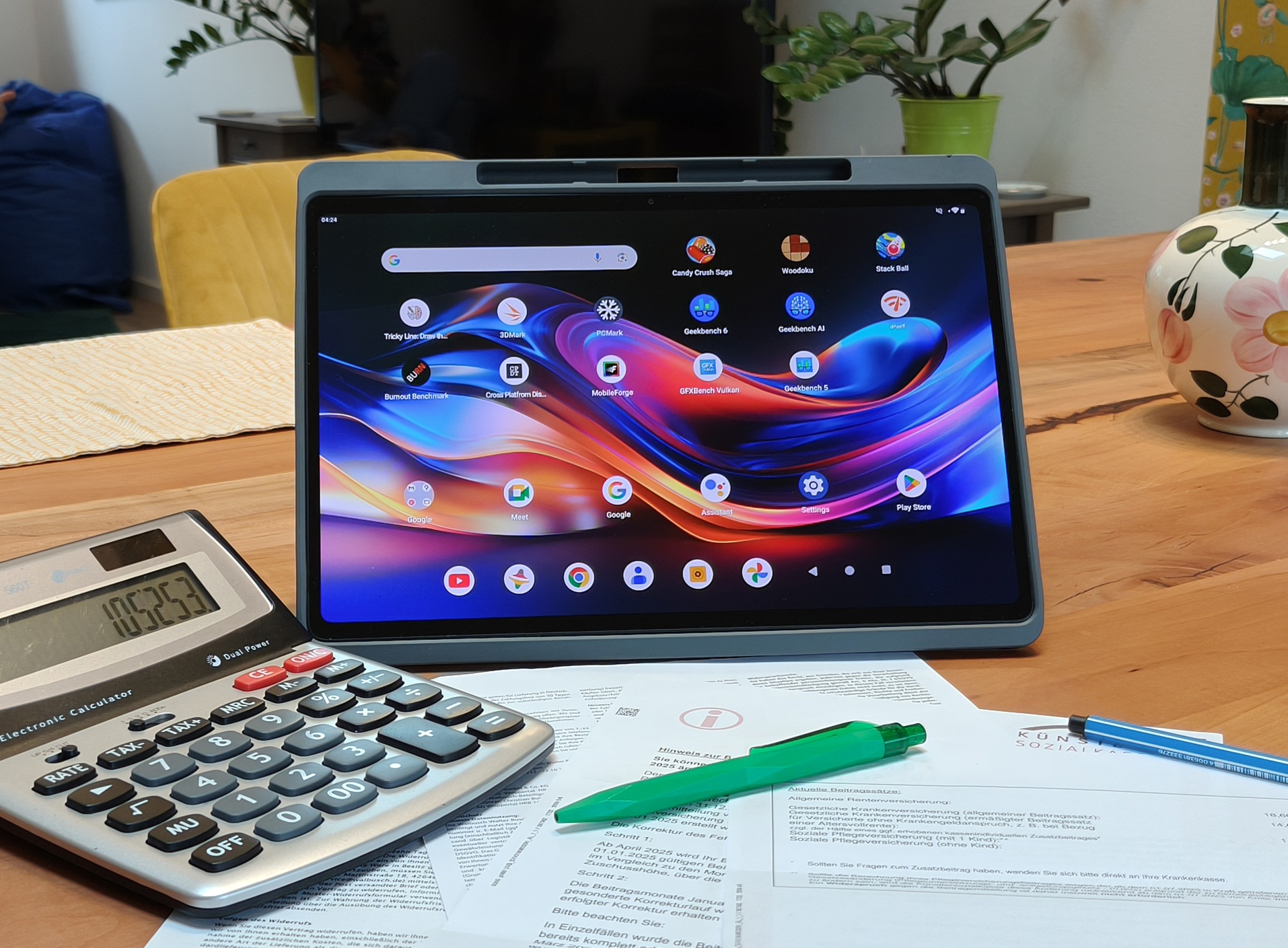

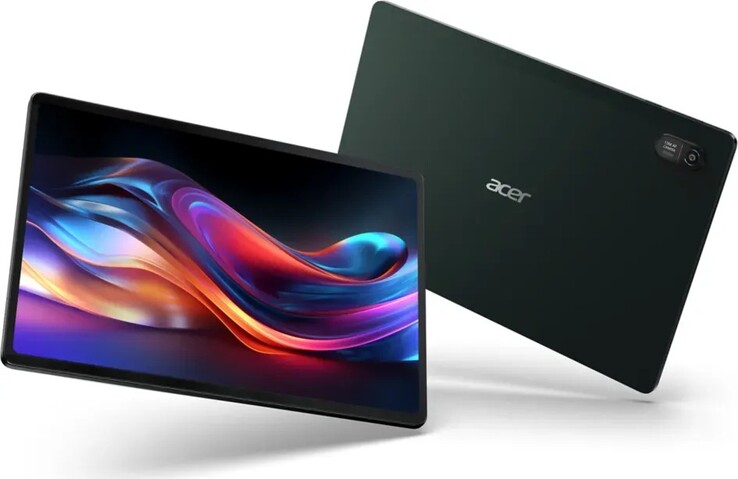

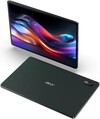







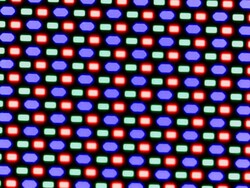
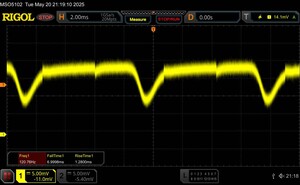






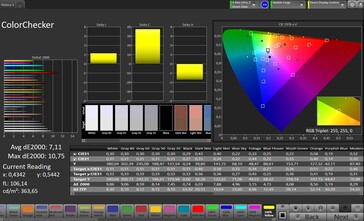
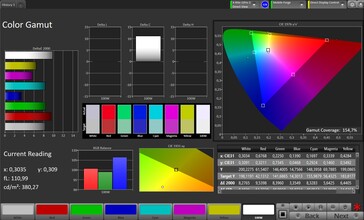
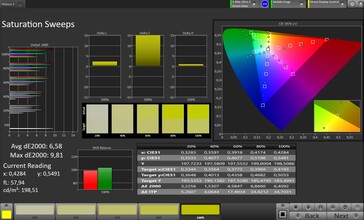
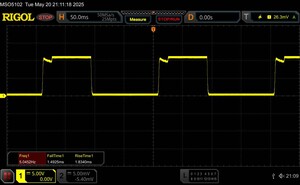
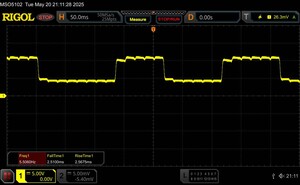
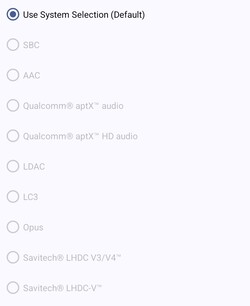
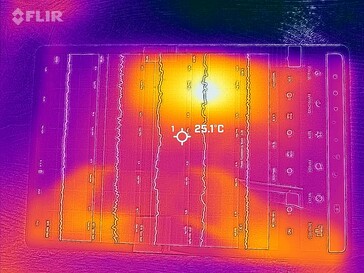
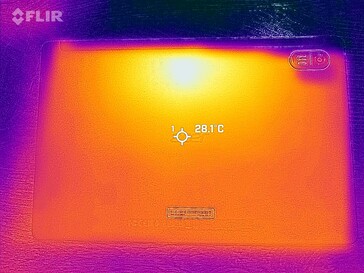
 Total Sustainability Score:
Total Sustainability Score: 


